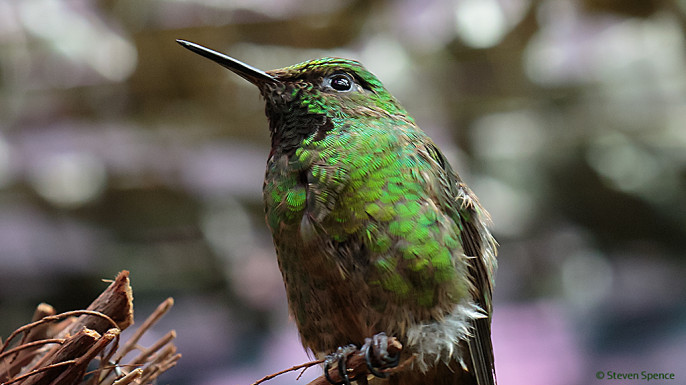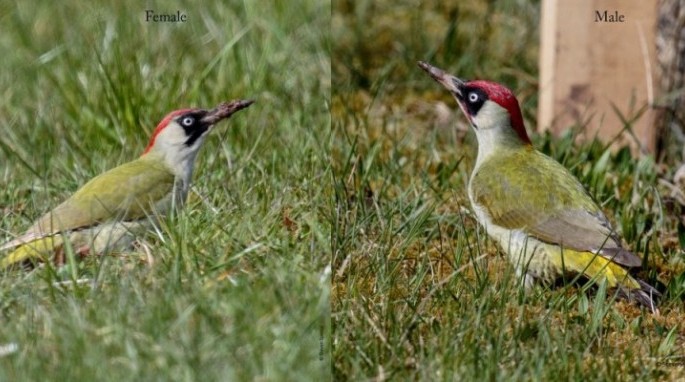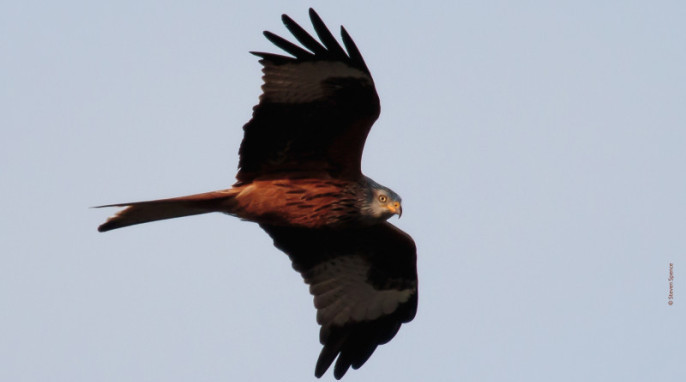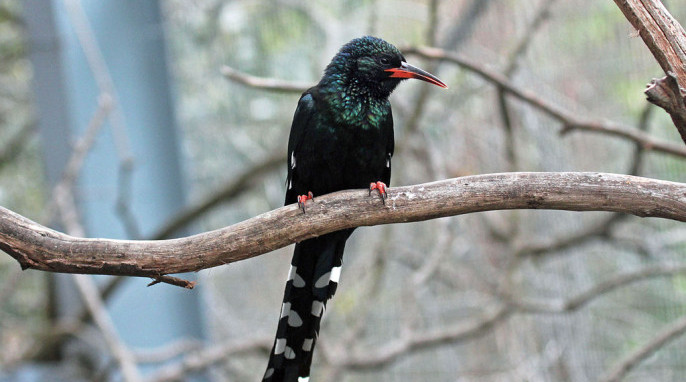Amazing Hummingbirds: Dancing in the Air
Are you wondering how a hummingbird flies? The flight skills of these tiny birds put our airplanes and helicopters to shame. By Steven Spence Dancing in the Air A hummingbird puts fixed-wing aircraft and helicopters to shame. Not only can it hover, it can also fly forward, backwards, sideways, and even upside down! During a mating display, the male Anna’s Hummingbird can accelerate up to 385 body lengths (g-force 10) per second during a dive. A Peregrine falcon dives at only 200 body lengths per second, and a Mig-25 fighter…
Read More



